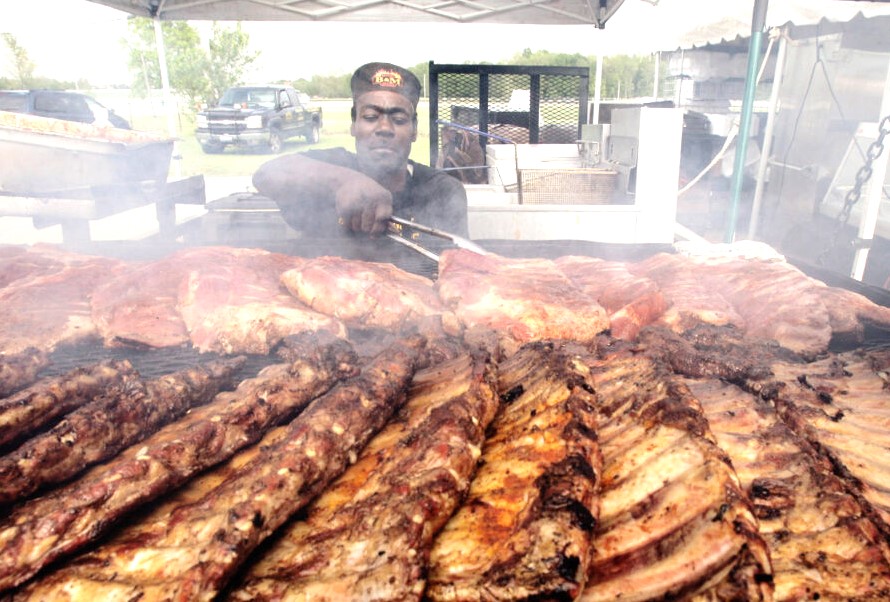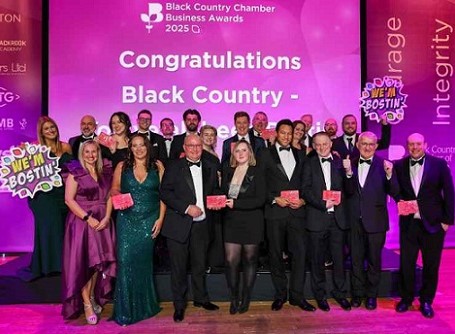Nothing says summer in the United States quite like outdoor grilling and barbecue. Travel anywhere, and you’ll find people in back yards or public parks, with open grills cooking not just hot dogs and hamburgers but mouthwatering barbecue.
Made by slowly roasting food, usually meat, over a flame or hot coals, barbecue is also a beloved Fourth of July tradition. According to the Hearth, Patio and Barbeque Association, Independence Day celebrations are the most popular time for outdoor grilling, as 54% of U.S. grill owners are cooking meat and vegetables for friends and family.
Cooking up barbecue on America’s Independence Day is a fitting tribute, given the cuisine reflects America’s rich cultural history and diversity. In his book ‘Black Smoke: African Americans and the United States of Barbecue’, food historian Adrian Miller details how barbecue gradually emerged in the 1700s when British colonizers in Virginia forced enslaved Africans to prepare their food.
The earliest African American cooks absorbed Native American techniques, he says, using rotating spits, raised platforms and shallow pits for smoking and grilling meats. According to Steven Raichlen, author of ‘The Barbecue Bible’ and host of the TV show ‘Project Smoke’, the name “barbecue” derives from the Taino Indian word “barbecoa” and was first used in 1516 by a Spanish explorer to describe Indigenous cooking techniques he witnessed in the Caribbean.
German immigrants added sausage to the mix in the 19th century. Many arrived in Texas and worked as butchers, paving the way for contemporary Texas-style barbecue, Raichlen said. It’s one of the many regional varieties that developed as cooking methods evolved. In the Carolinas, pork is the favourite, while further south in Alabama, Georgia and Mississippi, chicken is as popular as pork. Head west, and brisket, sausage and pork ribs form the “Texas trinity.”
While the availability of livestock influenced choices of meat, regional varieties of wood also spurred different flavours. Meat cooked over hickory in the South, mesquite or oak in Texas, or maple in the North all taste different.
Yet barbecue’s most important ingredient, Raichlen says, is the unique flourish of an expert pit master. “It’s truly an American style of food and eating,” he said. “We are open to flavours from everywhere in the world, and we taste it and we make it our own.”
Ewald’s Bar-B-Q in Perryville, Missouri, offers a mix of staples such as chopped pork, smoked turkey and beef. The variety is thanks to founder Ewald Buchheit, who travelled widely in the U.S. and worked as a U.S. Army cook during World War II.
He opened the restaurant an hour south of St. Louis In 1946 with “$100 worth of meat and crossed fingers,” according to his grandson Eric Buchheit, who now runs Ewald’s with his parents. “The knowledge he came equipped with from serving was instrumental,” Buchheit says. “And it just took off.”
While the technology has changed from the brick pit in a shack out back, where Ewald honed his style, to a modern smoker, many things are the same. Ewald’s barbecue is still cooked over hickory and the family serves its original recipes, such as a vinegar-based coleslaw and creamy potato salad.
The family’s style has been described as everything from “on the sweeter side like Kansas City” to a “mixture of Memphis and Kansas,” Eric Buchheit says. Yet barbecue isn’t just about flavour or wood or even meat, he says, but how the food — and cooking it together — makes you feel.
“There’s no rules to true American barbecuing,” says Buchheit, whose family has been in business for 78 years. “You throw it on the smoker, and if you’re putting love and family and a good time [into] it, then you’re having a barbecue.”











